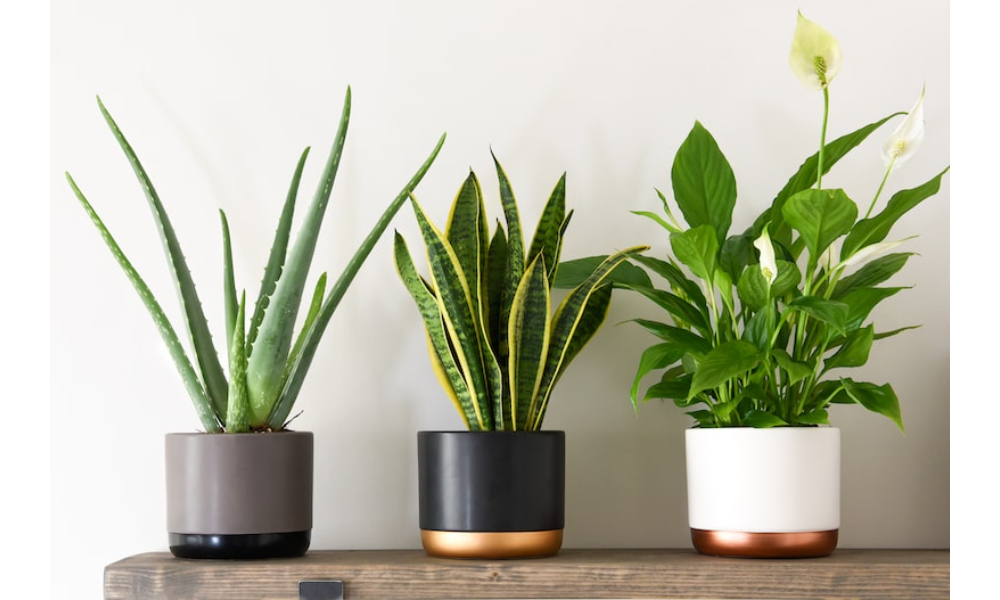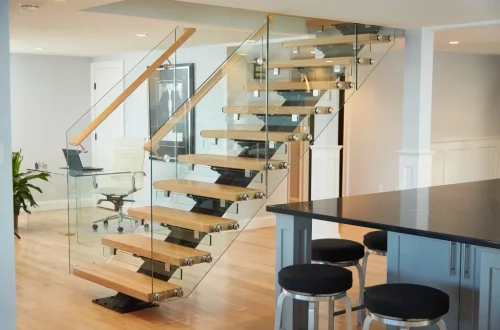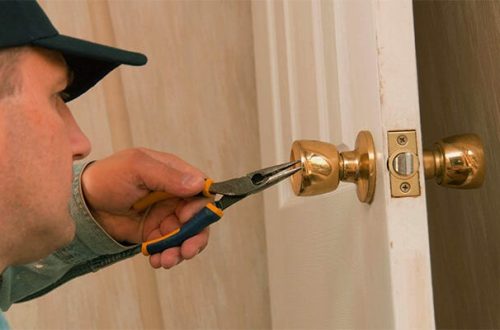So you’ve been drawn in—you saw a leafy green plant and now can’t stop thinking about filling your home with indoor greenery.
I understand completely, and I’ve heard this story many times. But when you’re just starting out with house plants, it can feel a bit confusing. You may not know which plants to pick, how to care for them, or where to start. If you’re searching for a beginner-friendly guide to buying house plants, you’re in the right place because clicking here will get you started on the right path. Here are my best tips to help you choose the right plants and care for them so they stay healthy once they’re home.
Before you rush out and buy every plant you see at the garden store, it’s smart to ask yourself a few questions. These will help you pick plants that fit your home and lifestyle. Ask yourself:
- Where in my home do I want to place plants?
- How much light do these spots get?
- How much time do I want to spend caring for my house plants?
These simple questions can help avoid frustration later. Different plants do better in different conditions, and some are easier to care for than others. Let’s take a closer look.
Where Can I Put My Plants?
Take a look around your home. Maybe there’s a quiet corner that needs brightening up, or maybe you haven’t thought about where to put plants yet—you just know you want them.
Either way, it’s a good idea to figure out where your plants will go. Make note of the spots and think about what kind of plant would work in each place. A tall, narrow plant or hanging plant may be better for small areas, while bigger spaces can hold wider plants.
How Bright Are These Spots?
Once you know where you’d like to place your plants, notice how much light those spots get. Light is very important for indoor plants, and it’s one of the biggest reasons some don’t thrive indoors.
Think about how close each spot is to a window or door. Do they get direct sunlight, or are they shaded most of the day? The answer will help you decide what types of plants will grow well in your home.
How Much Time Can I Give My Plants?
Taking care of house plants doesn’t take a lot of time, but there is a difference between tossing leftover water on a plant once in a while and checking on it every few days.
Ask yourself how likely you are to notice if a plant starts looking unhealthy. The good news is there are house plants that fit every level of care—just like there are pets for every kind of owner.
When I first got into plants, I had about five before I thought, “That’s all I can handle right now.” As I learned more and got more interested, I added more plants. It’s okay to start small. You don’t need to own dozens of plants right away.
After thinking through these questions, you’re ready to start shopping! You might want to search online for plants that match your space, or just take a walk through your local nursery and see what catches your eye.
Tips for Buying House Plants
Read the Labels
Plant labels can give you basic information, like how much light or water a plant needs. They might say if a plant is easy to care for or more demanding. Use these to get a general idea of whether a plant will work well in your home.
Check the Plant’s Health
It’s easy to fall in love with a plant at the store, only to notice something wrong once you’ve brought it home. Take a close look before buying. Is it drooping or turning brown?
Look for signs that the plant is healthy. Stay away from any that already look weak or damaged, as they might not survive the change in environment.
Check the Soil
Most plants you find at garden centers can stay in their pots for a while. But it’s still good to check the soil. If you see lots of roots or if the plant seems packed in too tightly, it might need to be moved to a new pot soon.
Don’t let this scare you—it just means you should be ready to buy a bigger pot and some fresh soil when needed.
Look for Pests
Some plants can come home with a few uninvited guests. While you can’t always spot pests right away, it’s smart to check before buying. Look for signs like yellow leaves, holes, or tiny webs.
Also check the plant closely for anything moving or strange marks that could mean pests are present.
Think About Size
There are good reasons to buy both small and large plants. Smaller plants usually cost less, so if they don’t make it, it’s not as much of a loss.
But larger plants are often stronger and can adjust more easily to new conditions. They’ve had more time to grow and tend to handle changes better, even if you’re new to plant care.
Smaller plants might be more delicate since many are grown from small cuttings. They need more careful care to survive, especially when moved to a new place.
There’s no right or wrong choice when it comes to size. Think about your confidence level, how much you want to spend, and what fits best in your space.
Compare Similar Plants
If the store has several of the same type of plant, take the time to choose the one that looks best. The tallest one isn’t always the healthiest. Look for full leaves, healthy stems, and a strong overall shape.
Some plants may grow in interesting or unique shapes, and that can add a nice touch to your room too.
So those are my simple tips for buying house plants! I hope they help you find not just healthy, beautiful plants—but ones that work well for your home and your lifestyle. If you want to start with some low-maintenance options, here are a few great picks:
- Devil’s Ivy (a trailing plant)
- Spider Plant
- Peace Lily
- Yucca
- Palms
- Fishbone Prayer Plant (Ctenanthe)
- Peperomia Jade
- Rubber Plant
If you have questions, feel free to reach out—or follow me on Instagram for more plant care tips and updates.




